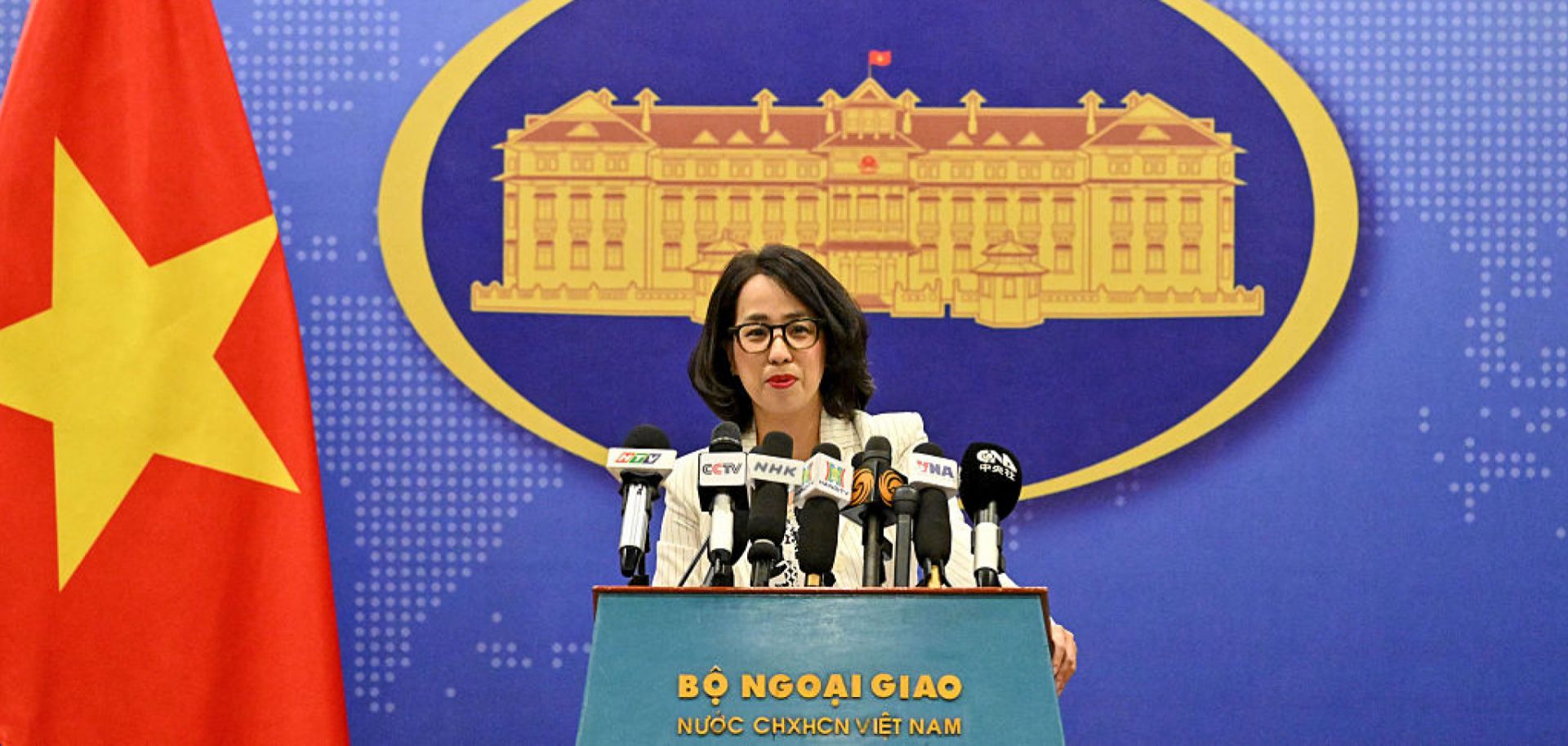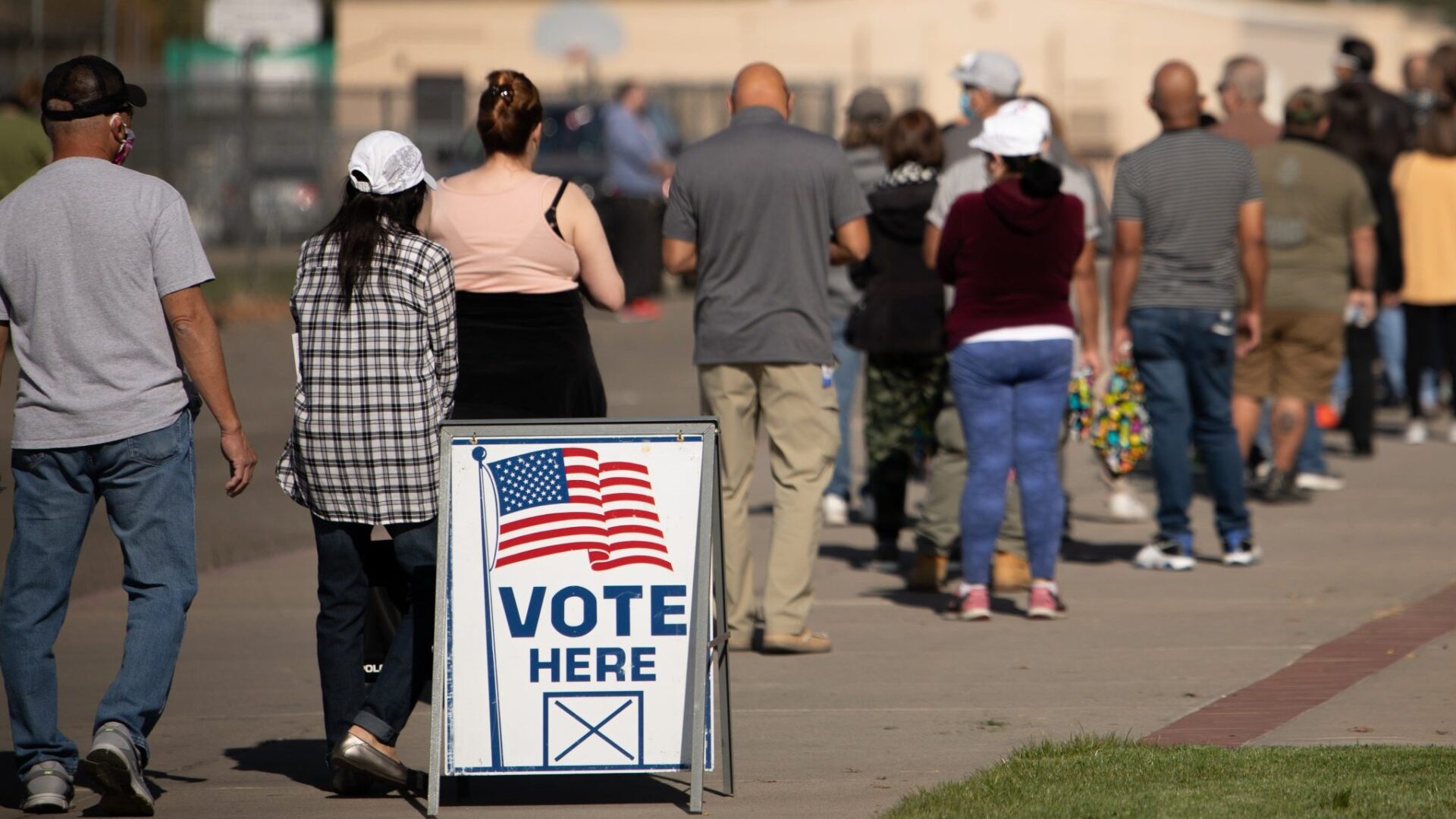Agreement Announcement
President Donald Trump announced in an official statement that the United States has established a trade agreement with Vietnam, representing the third significant trade agreement of the administration before the established deadline of July 9.
The agreement defines a tariff structure of 20% on direct Vietnamese exports to the US and 40% on transshipment operations, in exchange for expanded access for American companies to the Vietnamese market.
Established Tariff Structure
The new framework represents a reduction from the initial rate of 46% announced in April. Under the terms of the agreement:
- Direct exports from Vietnam: application of 20% tariff
- Transshipment operations: application of 40% tariff for third-country products using Vietnam as a redistribution center
This tariff differentiation aims to curb practices where third countries, including China, route their exports through Vietnamese territory to avoid higher American tariffs.
Reciprocal Market Access
In exchange for the implemented tariffs, Vietnam granted the United States full access to its domestic market, allowing American products to enter with zero tariff. This measure particularly benefits American exporters of large vehicles, a category that includes SUVs, a sector identified as having significant potential in the Vietnamese market.
Economic Data and Commercial Context
Vietnam ranks sixth among sources of US imports, with an annual volume of approximately $137 billion in merchandise. This figure represents more than double that recorded five years earlier, according to US Department of Commerce data.
The trade deficit between the two countries reached $123 billion in 2024, positioning Vietnam as the third-largest trade deficit maintained by the United States with any nation.
Timeline and Temporal Context
The announcement occurred less than a week before the expiration of a 90-day suspension on reciprocal tariffs, a period that, if ended, would result in the implementation of substantially higher rates. The timing reflects the need to establish commercial structures before the July 9 deadline, when tariffs on dozens of countries were scheduled to increase significantly.
Financial Market Response
Financial markets reacted positively to the announcement, with immediate appreciation of shares of companies with significant operations in Vietnam, including Nike, Lululemon, and Columbia Sportswear. The S&P 500 index established a new intraday record, while the Nasdaq Composite recorded a gain of 0.82%.
Current Status of the Agreement
Although the agreement has been officially announced, details remain limited, characterizing it more as a preliminary framework than a finalized trade pact. The White House has not released comprehensive details, with representatives indicating that additional information would be made available by the end of the negotiation period.
Implications for Bilateral Trade
The agreement establishes a new paradigm in US-Vietnam trade relations, combining selective protectionist measures with reciprocal market opening. The differentiated tariff structure aims to maintain the competitiveness of direct bilateral trade while discouraging tariff evasion practices through transshipment operations.
Contact us today through our WhatsApp to discover how we can help you achieve success in the United States. Together, we can turn dreams into reality.
Information source: edition.cnn.com | theguardian.com | cbsnews.com | cnbc.com



